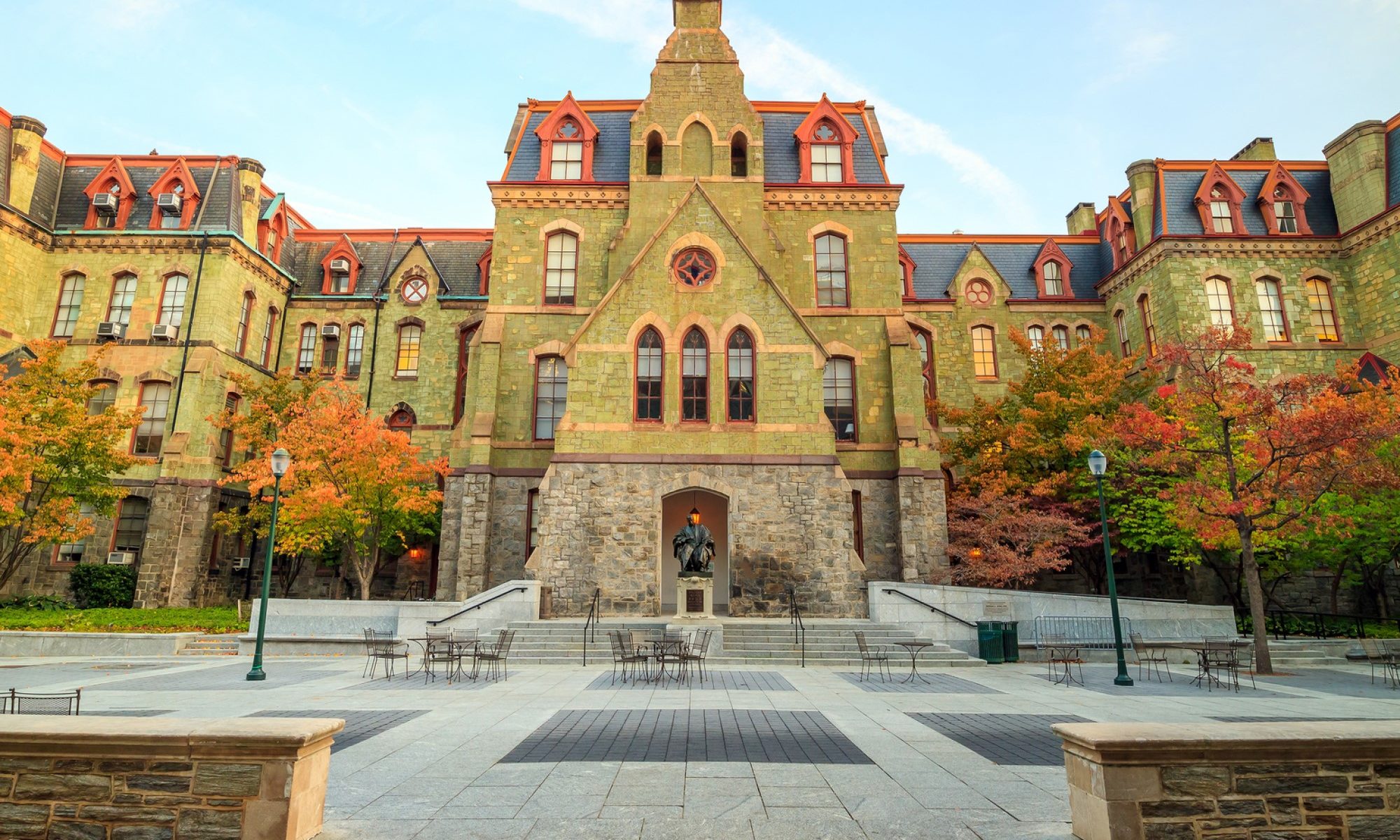Last week M. Elizabeth Magill, the University of Pennsylvania’s president, was forced to resign after she gave testimony before Congress concerning her university’s response to pro-Palestinian demonstrations on its campus. The controversy over her testimony has focused upon the following exchange with Republican Representative Elise Stefanik:
Stefanik: “Does calling for the genocide of Jews violate Penn’s rules or code of conduct, yes or no?”
Magill: “If the speech turns into conduct, it can be harassment.”
Stefanik: “Calling for the genocide of Jews, does that constitute bullying or harassment?”
Magill: “If it is directed and severe, pervasive, it is harassment.”
Stefanik: “So the answer is yes.”
Magill: “It is a context-dependent decision, congresswoman.”
Stefanik: “That’s your testimony today? Calling for the genocide of Jews is depending upon the context?”
After news broke that Magill had resigned, Stefanik, referring to Magill’s co-testifiers from Harvard and MIT, said in a statement: “One down. Two to go.”
As others have pointed out, what is astonishing about this episode is that Magill’s response, which (bizarrely) even some prominent law professors have criticized, was a straightforward recital of First Amendment law as applied to campus speech. The First Amendment protects from censorship advocacy of violence that falls short of verbal harassment or incitement — the latter defined as conduct intended and objectively likely to cause imminent violence. In line with this principle, Magill’s sensible position is that there are likely some situations where even advocacy of genocide does not rise to the level of harassment or incitement. But critics of Magill’s position would have us believe that the scope of permissible speech — that is, speech not subject to institutional sanction — on our elite campuses should not be as broad as it is in any public park, any periodical, or any public library in America. In this column, I will try to provide a rationale for Magill’s position.
The first thing to observe is that free speech is not only a legal, but also an ethical issue that extends far beyond the purview of First Amendment law. That’s because free speech concerns arise in a variety of contexts, from the family to the workplace — indeed, wherever one person or group has the power to sanction others for their speech. It is not my position that in all of these contexts, the scope of permissible speech should be the same. The value of free speech must be weighed against other values, and in different contexts, the results of that weighing exercise may vary. My claim is that in academic institutions, the value of free speech is unusually weighty, and this justifies maintaining a very strong presumption, in this particular context, in favor of not sanctioning speech. So, while the First Amendment is only directly implicated where the government seeks to use the coercive power of the state to censor or otherwise restrict speech, the First Amendment may serve as a useful model for how private universities like the University of Pennsylvania should handle speech.
Academic institutions are where knowledge is generated and transmitted. To do this well requires an open exchange of ideas in which participants can rigorously test arguments and evidence. Any institutional limits upon this exchange inevitably hinder this testing process because they entail that certain ideas are simply beyond the exchange’s scope. While some limits are nevertheless justifiable for the sake of encouraging maximum participation and preventing violence or other serious harm to persons, academic institutions should not draw the line at mere advocacy of violence or crime for a couple of reasons.
First, it would deprive faculty and students of the opportunity to openly and freely examine ideas that might, like or not, have great currency in the wider society. This is particularly lamentable given that a college campus is a relatively safe and civil environment, one much more conducive to productive conversation about difficult topics than others in which students will find themselves after graduation. It is also, at least ideally, an environment relatively free from the kind of political pressures that could make open and free conversation difficult for faculty. For this reason, if a point of view that advocates violence or crime is without merit, the best arguments against it may be generated at a university. If it has merit — I do not presume a priori that any position advocating any kind of violence or crime is without merit — it is likewise at a university that the best arguments for the position may be uncovered.
In other words, it makes no difference that pro-violence ideas may be intellectually indefensible, or that some might wish them consigned to the dustbin of history. Academic institutions perform a public service simply by publicly demonstrating that fact. Moreover, Hannah Arendt said that in every generation, civilization is invaded by barbarians — we call them children. Her point was that no generation springs into existence armed with the truths established by its predecessors; each must relearn the hard-won lessons of the past, reflecting upon and deciding for itself what is good and bad, true and untrue. To shut down discussion of ideas we have deemed to be without merit is to tell the next generation of students that we have made up their minds for them. There could be nothing less consistent with the spirit of liberal education, with what Immanuel Kant called Enlightenment, than that.
It may be objected that advocacy of violence per se, in any context, frightens or even traumatizes would-be targets of violence, whether student, faculty, or staff, and this justifies censoring it. But my position is not that advocacy of violence is permissible at any time and place, or in any manner. There are better and worse ways for an institution to handle speech that is capable of harm. My point is simply that the solution cannot be to simply restrict any discussion of ideas supportive of violence, no matter how it is conducted. I have previously made the point that we — that is, free speech proponents, including the liberal Supreme Court of the 1960s that was responsible for so many seminal free speech decisions — do not support free speech because we think speech is harmless. By arguing for the central importance of free speech as a value, we implicitly recognize speech’s power to do evil as well as good. Our position must be that we support free speech despite the harm speech can cause, although we can and should take steps to minimize that harm.
This discussion has, so far, been somewhat abstract. Let me close by considering a concrete hypothetical that illustrates the gulf between my view and Stefanik’s. Suppose that a substantial portion of Americans come to support the involuntary, physical removal of Jews from Palestine, effectively an “ethnic cleansing.” Pundits and politicians start advocating for this position openly. On my view, one role of universities in that scenario would be to serve as a forum for discussion of this idea. Proponents of that view should be invited on campus and debated. Students and faculty, including those sympathetic to the idea, should discuss it at length. The hope would be that by exposing it to the kind of scrutiny that universities can uniquely provide, the idea would be discredited all the more swiftly and comprehensively. There is no guarantee that this would happen, of course. On the other hand, those who hold to the view that advocacy of violence has no place on campuses must insist that, in this world, universities and colleges should shun proponents of the view, insulating their students from exposure to the treacherous currents of thought coursing through the wider society. This, I submit, would be a mistake.






